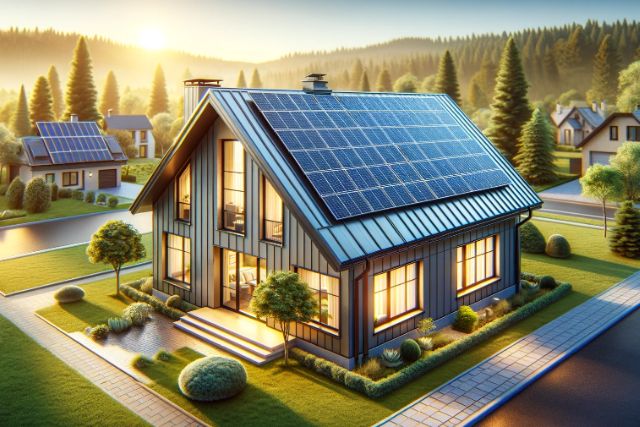Solar panels have become a popular choice for homeowners looking to reduce their carbon footprint and save on energy costs.
In this article, we'll explore the benefits of solar panels, the different types available, and the factors to consider before installation. We'll also walk you through the installation process and discuss the maintenance required to keep your solar panels running efficiently.
If you're thinking about going solar, keep reading to learn more.
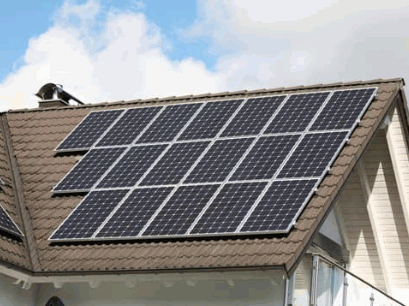
What Are Solar Panels?
Solar panels are devices that convert sunlight into electricity, providing a renewable energy source for residential and commercial use.
These systems capture solar energy through photovoltaic cells, which are typically made from silicon, the second most abundant element on Earth's crust. The efficiency of solar panels has significantly improved over the years, with modern panels converting sunlight into electricity at an efficiency rate of around 20%. This increase in efficiency has been driven by advancements in materials, such as thin-film solar cells and monocrystalline silicon panels.
Plus their energy production benefits, solar panels also serve as an environmentally friendly alternative to fossil fuels, reducing greenhouse gas emissions and dependence on non-renewable resources. The technological innovations in solar panel systems include the use of tracking systems that allow panels to follow the sun's path for maximum exposure, enhancing overall energy capture. With ongoing research and development, the future of solar panel technology looks promising in terms of increased efficiency and affordability.
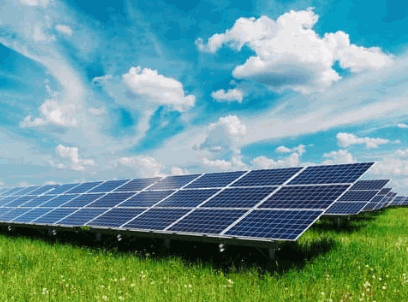
Why Should You Install Solar Panels On Your Roof?
Installing solar panels on your roof allows homeowners to harness solar energy, reducing reliance on fossil fuels, lowering electricity bills, and contributing to a sustainable future. The significant reduction in carbon footprint and the potential for energy independence make solar panel systems an attractive investment.
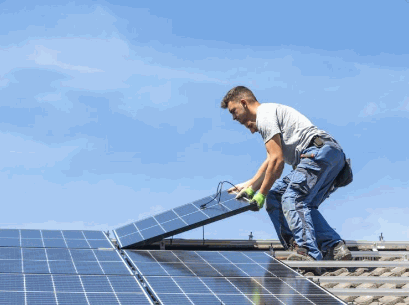
What Are The Benefits Of Solar Panels?
The benefits of solar panels include significant savings on electricity bills, a reduction in carbon footprint, and the potential to generate income through surplus energy sold back to the grid.
By leveraging the capabilities of the sun, solar panels enable households and businesses to produce their electricity, reducing their dependency on fossil fuels and conventional power sources. This not only leads to a cleaner environment by decreasing greenhouse gas emissions but also promotes energy security by diversifying the energy mix. Solar energy systems have been proven to provide long-term cost-effectiveness with a typical payback period of around 5-7 years, making them a wise investment for both residential and commercial properties.
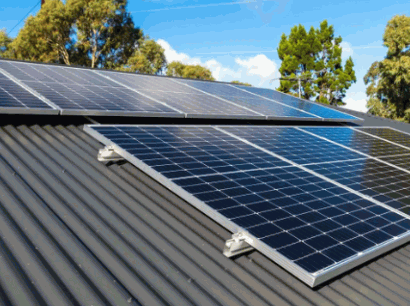
What Are The Different Types Of Solar Panels?
Solar panels come in various types, including monocrystalline, polycrystalline, and thin-film, each with distinct characteristics and efficiencies.
Monocrystalline solar panels are known for their high-efficiency rates, making them a top choice for residential installations where space is limited. On the other hand, polycrystalline panels are more budget-friendly but slightly less efficient compared to monocrystalline panels. Thin-film panels, while the least efficient of the three, are flexible and lightweight, making them suitable for applications where traditional panels may not be practical.
In terms of cost, monocrystalline panels tend to be the most expensive due to their higher efficiency and production processes, while polycrystalline panels offer a balance between cost and efficiency. Thin-film panels are usually the most affordable but may require more space to achieve the same power output as crystalline panels.
In terms of applications, monocrystalline panels are ideal for rooftops with limited space and locations where maximising energy production is crucial. Polycrystalline panels are commonly used in larger commercial installations where cost-effectiveness is a priority. Thin-film panels are often used in niche applications such as portable solar chargers or building-integrated photovoltaics.
Considering the pros and cons of each type, it is essential for individuals to evaluate their specific needs, budget constraints, and available space to determine which type of solar panel system best suits their requirements.
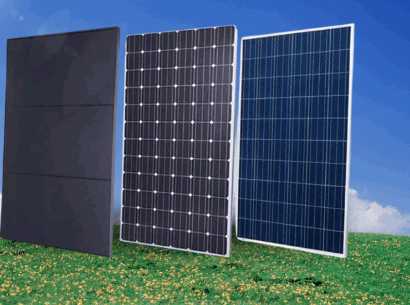
What Factors Should You Consider Before Installing Solar Panels On Your Roof?
Before installing solar panels on your roof, it is important to consider several factors, such as:
- the roof's angle and orientation,
- the material and condition of the roof,
- shading and obstructions,
- and local regulations and permits.
These considerations ensure the efficiency and longevity of your solar panel system.
Roof Angle And Orientation
The angle and orientation of your roof play a critical role in maximising the amount of solar energy your panels can capture, with an optimal angle typically ranging between 30 to 45 degrees depending on your geographic location.
Roofs with a steep pitch can be ideal for areas with high sun exposure, allowing panels to capture sunlight more effectively throughout the day. Conversely, flat roofs might require tilt frames to optimise sun exposure. The direction your roof faces impacts solar efficiency - south-facing roofs receive the most sunlight in the northern hemisphere. Adjustment factors need to be considered for east or west-facing roofs.
Determining the best angle for your solar panels involves considering your location, seasonality, and the panel's efficiency curve. Tools like solar calculators or consulting with professionals can aid in finding the optimal angle for your specific circumstances.
Roof Material And Condition
The material and overall condition of your roof are essential factors to consider before solar panel installation, as certain materials may be more suitable and durable for supporting solar panels.
For instance, metal roofs, such as aluminium and steel, are often recommended for solar panel installations due to their durability and low maintenance requirements. These materials provide a sturdy foundation for mounting solar panels and can withstand harsh weather conditions. On the other hand, asphalt shingle roofs are also commonly used but may require additional reinforcement to support the weight of solar panels.
It is crucial to assess the structural integrity of your roof before installing solar panels. Conduct a thorough inspection to identify any existing damage or weaknesses that could compromise the installation process. Addressing any necessary repairs or reinforcements beforehand can prevent costly issues down the line and ensure the longevity of your solar panel system.
Shading And Obstructions
Shading and obstructions like trees, buildings, or chimneys can significantly reduce the efficiency of your solar panels by blocking sunlight and diminishing energy production.
Reduced sunlight exposure due to shading not only affects the immediate power generation of the panels but can also lead to potential long-term damage. To address shading issues, it is essential to consider practical solutions such as strategically trimming trees or opting for a position that maximises exposure to sunlight.
Another effective method to combat shading is utilising solar optimisers or microinverters. These devices work by optimising the performance of each panel individually, thus ensuring that even if one panel is shaded, it does not affect the overall output drastically.
Local Regulations And Permits
Complying with local regulations and obtaining the necessary permits are crucial steps in the solar panel installation process to ensure legal and safe operation.
Local regulations for solar panel installations vary depending on the region, but generally, you will need to secure permits from the local government or utility company. These permits typically involve submitting detailed plans and specifications for the installation. It's important to work closely with your chosen installer, as they are well-versed in the permit requirements and can assist you with the application process.
Before beginning the installation, it's recommended to check with your local authorities to confirm the specific regulations and permits needed in your area. Adhering to building codes and safety standards is essential to ensure that the installation is done correctly and does not pose any risks to your property or the community.
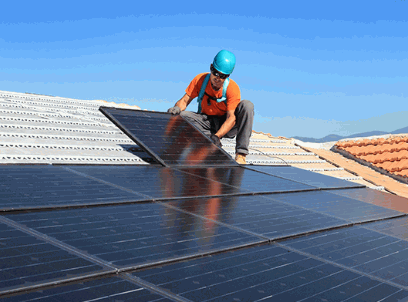
How To Install Solar Panels On Your Roof
Installing solar panels on your roof involves several key steps, starting with determining the best location for the panels, preparing the roof, mounting the panels, and connecting them to the inverter and your home's electrical system. Engaging professional solar installers ensures a smooth and efficient installation process.
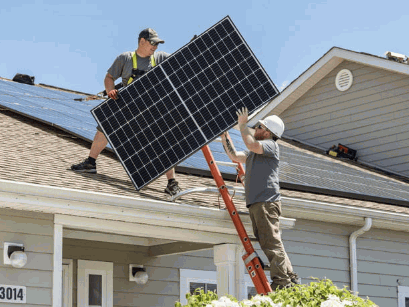
Determine The Best Location For Panels On Your Roof
Determining the best location for panels on one's roof involves assessing sun exposure, shading patterns, and roof space to maximise energy production.
One of the key criteria for selecting an optimal location for solar panels is the amount of direct sunlight the area receives. Ideally, panels should be placed in an area that gets maximum sun exposure throughout the day. Tools like solar pathfinders or digital shading analysis can help in evaluating these factors accurately.
- It is crucial to consider any potential obstructions such as chimneys, nearby buildings, or trees that could cast shadows on the panels during peak sunlight hours.
- Maximising roof space for solar panels involves arranging them in rows with sufficient spacing between each panel to minimise shading caused by adjacent panels.
Prepare The Roof For Installation
Preparing the roof for solar panel installation involves cleaning the surface, making any necessary repairs, and ensuring the roof is structurally sound to support the panels.
- Start by thoroughly cleaning the roof to remove any dirt, debris, or moss that could interfere with the panels.
- Inspect the roof for signs of damage such as leaks, cracks, or broken tiles, as these issues need to be addressed before installation. Make sure to replace any damaged areas and reinforce the roof structure if needed.
It's crucial to consult with a professional to determine if your roof can handle the weight of the solar panels to prevent any structural issues in the future.
Mount The Solar Panels
Mounting the solar panels involves installing the mounting system on the roof, attaching the panels, and securing them to ensure they stay in place and operate efficiently.
In terms of mounting systems, there are various options available depending on the type of roof you have. For example, if you have a flat roof, a ballasted mounting system may be more suitable, whereas for sloped roofs, you might opt for a roof penetration system. These systems are designed to securely hold the panels in place while also allowing for proper ventilation to prevent overheating.
When attaching the panels, make sure to follow the manufacturer's instructions carefully. It's essential to use the correct hardware and tools to ensure a secure installation. Aligning the panels correctly is crucial for maximising their efficiency. Using a leveling tool can help you ensure that the panels are positioned correctly for optimal sunlight exposure.
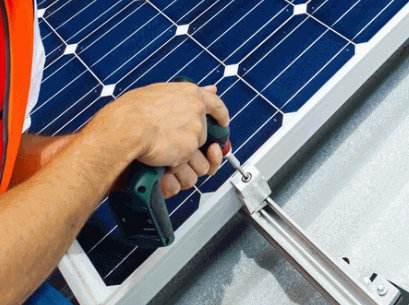
Connect The Panels To The Inverter
Connecting the panels to the inverter is a critical step in the solar panel installation process, allowing the conversion of solar energy into usable electricity for your home.
When connecting the solar panels to the inverter, it's crucial to ensure a secure and weatherproof connection to prevent any electrical hazards. Begin by carefully positioning the panels to receive maximum sunlight, then use appropriate cables to link the panels to the inverter. Proper sizing of cables is essential to minimise power loss and maintain system efficiency.
The inverter plays a significant role in the solar panel system by converting the direct current (DC) generated by the panels into alternating current (AC) for household use. Ensuring a correct connection between the inverter and your household electrical system is vital to optimise energy production and avoid potential damage.
To prevent common installation issues, always follow the manufacturer's guidelines closely during the installation process. Secure all connections tightly and double-check the polarity to avoid any reverse connections that could harm the system. Regular maintenance and inspections of the connections are also paramount to guaranteeing the system's longevity and efficient operation.
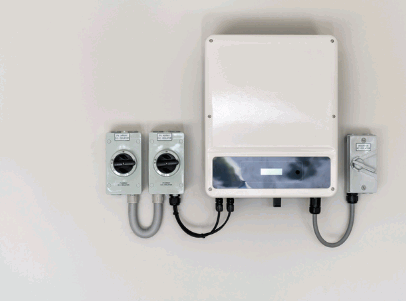
Connect The Inverter To Your Home's Electrical System
Connecting the inverter to your home's electrical system involves linking the inverter to the consumer unit, allowing solar-generated electricity to be used in your home.
Ensure that all power sources are turned off before starting the connection process. Next, locate the consumer unit in your home where the inverter will be linked. Use appropriate cables and connectors to establish a secure connection between the inverter and the consumer unit. It is crucial to follow the manufacturer's guidelines to avoid any electrical hazards. Professional installation is highly recommended to guarantee the safe and efficient operation of the inverter. After the connection is complete, conduct thorough testing to ensure that the solar electricity is seamlessly integrated with your existing electrical system.
What Maintenance Is Required For Solar Panels On Your Roof?
Regular maintenance of solar panels on your roof is essential to ensure their efficiency and longevity. This includes routine cleaning, inspections, and timely replacement of damaged panels or components.
Regular Cleaning And Inspection
Regular cleaning and inspection of solar panels help maintain their efficiency by removing dirt, and debris, and ensuring all components are functioning correctly.
One key benefit of regular maintenance is the prevention of potential issues that can arise due to neglect. Over time, dust, bird droppings, tree sap, and other contaminants can accumulate on the panels, reducing their ability to absorb sunlight effectively.
This can lead to a decrease in energy output and, if left unchecked, may even cause permanent damage to the panels. To avoid such problems, experts recommend cleaning the panels at least twice a year, ideally in the spring and autumn when weather conditions are moderate.
While some minor debris can be removed with a soft brush and plain water, more stubborn dirt may require a gentle soap solution or specialised cleaning products.
Inspecting the panels during cleaning is crucial to identify any cracks, loose connections, or signs of wear that could impact their performance.
Check out: How To Clean Solar Panels At Home
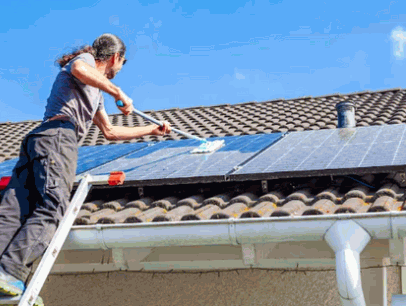
Replacing Damaged Panels Or Parts
Replacing damaged panels or parts is a crucial aspect of solar panel maintenance, ensuring that the system continues to operate efficiently and safely.
Identifying damaged panels often involves visual inspection looking for cracks, discolouration, or warping. These issues can arise due to weather conditions, ageing, or improper installation. If neglected, damaged panels can lead to decreased efficiency and even pose safety risks.
Timely repairs are essential to prevent further damage and maintain optimal performance. When replacing parts, it's important to source high-quality components compatible with the existing system. Working with professional installers can ensure proper installation and adherence to safety regulations.
By staying vigilant and addressing issues promptly, you can prolong the lifespan of your solar panel system and maximise its energy output.
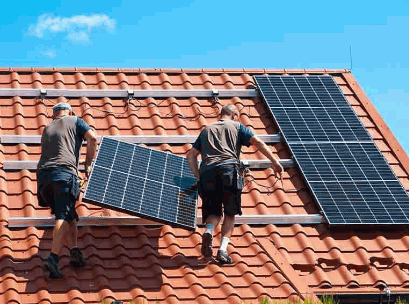
Conclusion
Installing solar panels on your roof offers numerous benefits, including cost savings, environmental sustainability, and energy independence. Proper consideration of roof factors and regular maintenance ensures optimal performance and longevity of your solar panel system.
When considering the advantages of solar panel installation, one key benefit is the potential for significant cost savings over time. By leveraging the capabilities of the sun, solar panels can greatly reduce or even eliminate your reliance on conventional electricity, resulting in lower monthly bills and long-term savings on energy costs.
Embracing renewable energy sources like solar power is a crucial step towards reducing carbon footprint and promoting environmental sustainability. Unlike fossil fuels, solar energy is clean and renewable, making it an excellent choice for those looking to reduce their impact on the environment.
Professional installation of solar panels not only ensures that the system is set up correctly but also helps in maximising its efficiency. Maintenance plays a vital role in keeping your solar panel system functioning at its best, as regular inspections and upkeep can prevent potential issues and prolong the lifespan of the panels.
By opting for solar panels and prioritising professional installation and maintenance, you are not only benefitting yourself through cost savings and sustainable energy but also contributing to a greener and more sustainable future. It is a smart investment that not only benefits you but also the planet we all share.

